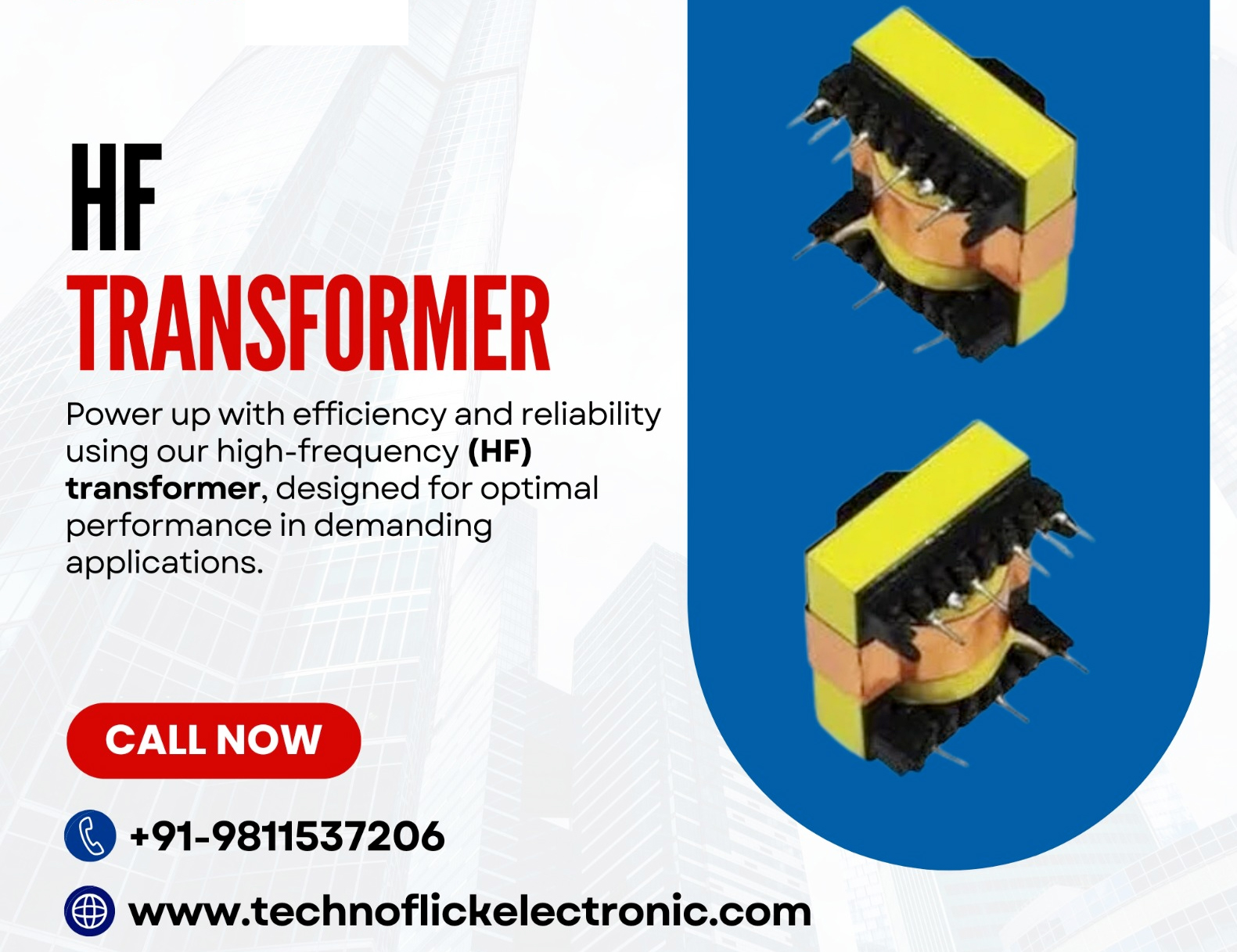

High-Frequency Transformers (HFTs) are essential components in modern electronic systems, facilitating efficient power conversion and signal isolation. Operating at elevated frequencies, these transformers are integral to applications such as switch-mode power supplies (SMPS), radio-frequency (RF) circuits, and communication systems.
High-Frequency Transformers are designed to operate effectively at frequencies typically ranging from 20 kHz to several MHz. Their primary function is to transfer electrical energy between circuits through electromagnetic induction, while providing electrical isolation and impedance matching. This capability is crucial in applications where size, weight, and efficiency are critical factors.
High-Frequency Transformers are utilized in numerous applications, including:
At TechnoFlick Electronics, we specialize in the design and manufacture of high-quality High-Frequency Transformers tailored to meet the specific needs of our clients. Our commitment to innovation and quality ensures that each transformer is crafted to deliver optimal performance and reliability.
1. Consultation and Design: We collaborate closely with clients to understand their unique requirements, providing customized design solutions.
2. Advanced Manufacturing: Utilizing state-of-the-art technology and materials, we produce transformers that meet stringent quality standards.
3. Rigorous Testing: Each transformer undergoes comprehensive testing to ensure it performs reliably under specified conditions.
4. Customer Support: We offer ongoing support and guidance to ensure our products continue to meet client expectations throughout their lifecycle.
For more information on our High-Frequency Transformers and other products, please visit our website or contact our sales team.
© 2024 Techno Flick Electronic. All Rights Reserved.